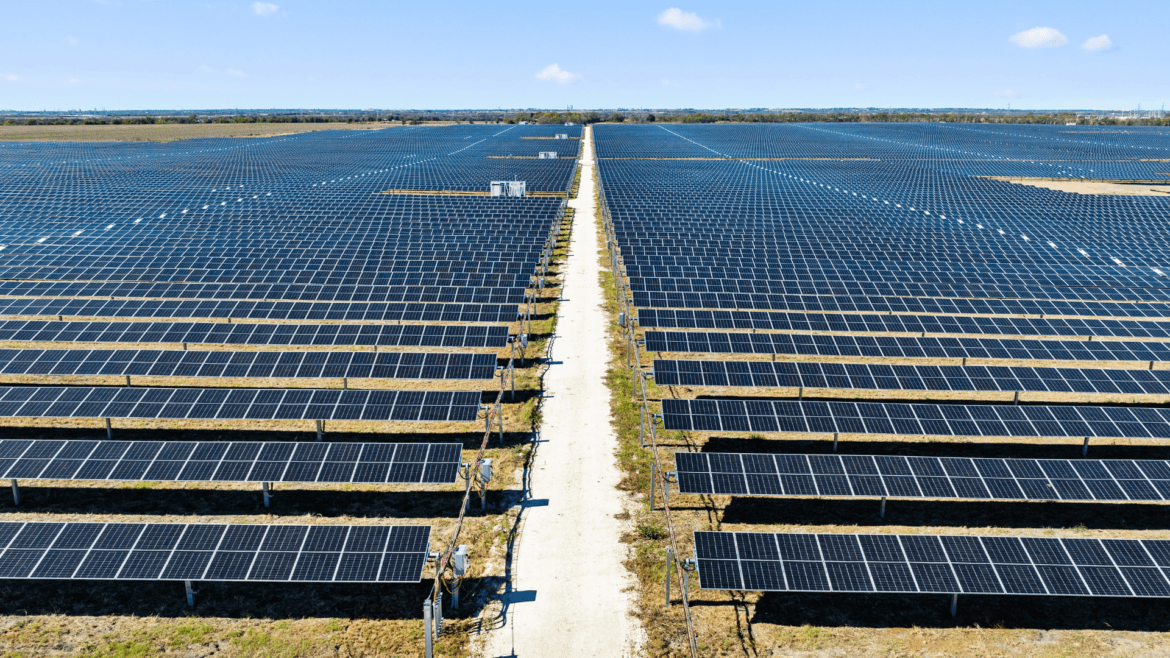Decarbonization At Tufts
Hero Header

Decarbonization at Tufts
Achieving net-zero carbon emissions by 2050
Tufts University is committed to achieving net-zero carbon emissions by 2050 across all campuses. Tufts students, faculty, researchers, and staff are driving innovative climate solutions at every scale, from campus to across the globe. As an institution that relies on large amounts of energy to support learning and research, Tufts is focused on taking action now, leveraging federal and state incentives, to transition campus infrastructure away from fossil fuels and make it compatible with renewable energy to meet electricity, heating, and cooling needs - in other words, electrifying our campus.
Where We Are Today
Where We Are Today
Tufts is making progress towards its decarbonization goal while simultaneously expanding its campus footprint. Despite a 60% increase in campus square footage since 1990, Tufts has successfully reduced its carbon emissions from its 2005 peak. For more information on Tufts' sustainability progress, see university sustainability reports.

The annual greenhouse gas inventory tracks campus progress towards institutional decarbonization and shows trends in emissions reduction and campus square footage over time. Scope 3 emissions are not incorporated in this visualization because they are difficult to quantify, and Tufts is currently creating a method of doing so accurately.
Energy Plant boosts Medford/Somerville Campus efficiency
The Central Energy Plant replaced an old campus power plant in 2018 with cogeneration technology that generates electricity, heating, and cooling more efficiently. Learn more here
Solar Arrays Power Tufts Grafton Campus
Two ground-mounted solar installations, completed in 2019, are delivering real results, meeting a quarter of the campus energy need and reducing energy costs. Learn more here.
Electricity-Related Emissions cut by 40% on Boston Health Sciences Campus
Through the Consortium for Climate Solutions, Tufts supported the creation of new renewable energy, immediately cutting emissions from purchased electricity. Learn more here
Understanding Our Emissions
Understanding Our Emissions
Scope Graphic

How We Reach Net-Zero
How We Reach Net-Zero
Tufts developed flexible decarbonization strategies for each campus to meet their unique needs, addressing immediate environmental concerns while building toward our long-term climate goals. Having a campus-specific strategy allows Tufts to maximize carbon reduction while balancing cost-effectiveness. Read the full decarbonization strategy for details on these campus strategies.
Medford/Somerville
The largest of Tufts campuses is suited for geothermal heat-exchange based electrification to make its heating and cooling systems run primarily using electricity. The Central Energy Plant will continue to play a key role in the near term as an efficient lower-carbon energy source while more carbon intense systems are converted to a geothermal type system. New buildings on the Medford/Somerville campus are “all electric” including the new Residence Hall on Boston Ave and two Tufts-owned residential houses.
Grafton
This rural campus lends itself to geothermal heat-exchange based electrification of heating and cooling systems, with a focus on the energy-intensive animal hospitals. The existing solar arrays on this campus, along with new renewable electricity strategies will help meet campus energy needs. New buildings on the Grafton Campus, including the proposed Learning Center, will be “all electric” buildings.
Boston Health Sciences
This urban campus uses steam purchased from a utility to heat its buildings. The strategy for decarbonizing this system is a combination of working with the utility to improve the source of the steam and increasing the use of electrically-generated heat. This includes the installation of heat pumps in some buildings to produce heating and cooling using electricity. Tufts is studying cost-effective electrification opportunities to identify economical pathways to make these buildings compatible with renewable energy.
How the Tufts Community Drives This Work
How the Tufts Community Drives This Work
Tufts students, faculty, and staff are leading energy innovation on campus and beyond. Their problem-solving approach advances global sustainable development and empowers students to become influential climate leaders. Explore more about decarbonization research and news happening at Tufts below, and find ways to get involved with sustainability efforts on campus.


